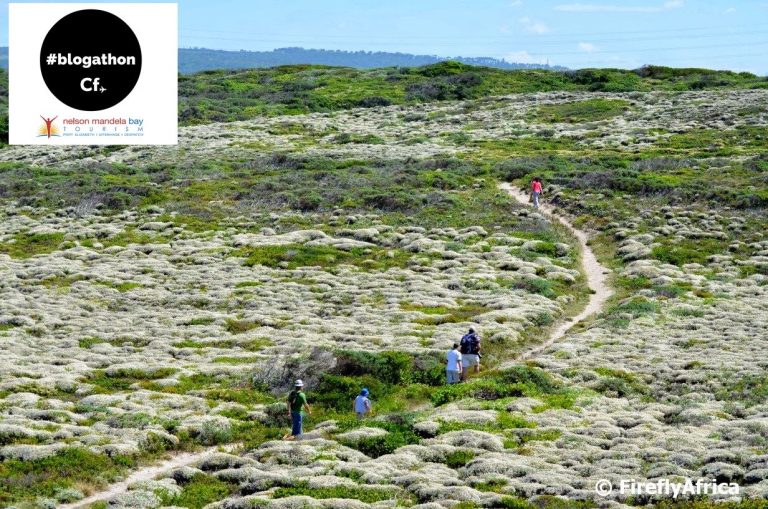
Cradock is a town filled with history. Frontier Wars, the Groot Trek, Anglo Boer War and more. It’s also a town that was called home by a number of historic figures. One of those being Olive Schreiner and there is a museum in the town where you can go and learn more about her.
Olive Schreiner House at 9 Cross Street in Cradock is one of the houses in which Olive Schreiner (1855-1920), the political activist, feminist and author of the world-renowned novel, The Story of an African Farm, once resided. The house, one of the oldest dwellings still standing in Cradock, was bought by A.A. Mutual life and restored as a joint project with the town council of Cradock. It was donated to NELM in 1986 and was declared a National Monument in 1986.

Olive Schreiner went to Cradock after her father’s insolvency in 1867 when she was 12. She went to stay with her brother Theo (23), who had become headmaster of the local public school after teaching for four years in Grahamstown. Their sister Ettie (17) also stayed with them. In the following year their younger brother Will (11) joined them. The four remained together until 1870, when Theo and Will went to seek their fortune at the diamond fields. Ettie stayed in Cradock to run the small school while Olive, then 15, left to become a governess with the Orpen family in Barkly East. Will went on to later succeed Cecil Rhodes as Prime Minister of the Cape Colony.

Olive returned to the Cradock area some years later when she worked as a governess on some farms in the district. It was during this time that she started to write The Story of an African Farm. Her ties with Cradock were strengthened in 1894 when she married Samuel “Cron” Cronwright, who at the time farmed at Krantzplaas. I’m ashamed to say that I haven’t read the book yet but every time I get to Cradock I promise myself that I will.

The museum has Olive’s personal library, as well as that of her husband Cronwright, on display. They also have exhibits depicting her life and those of her siblings as well as copies of all the books she wrote. The bookshop at Schreiner House sells a wide variety of books, including books by and about her.
The Story of an African Farm, was published in 1883, with its authorship credited to the pseudonymous Ralph Iron. It was only later reveiled to be Schreiner. The book was an immediate success in Europe and North America and brought its author many distinguished admirers. The novel draws on Schreiner’s memories and tells the story of a girl on an isolated farm in the veld who struggles for her independence in the face of rigid Boer social conventions. The character Lyndall struggles to achieve the freedom to make her own choices, rejecting marriage but deciding to have a child; she dies in childbirth. Her inner journey is paralleled by that of her suitor Waldo, who longs for spiritual and intellectual freedom.

The house also contains antique furnishings dating back to the time Olive would have lived here. The kitchen with it’s duck egg blue colour caught my eye and when mentioning the museum in a post on social media, somebody actually asked me if the kitchen was still that colour.

Olive’s attachment to the district is evidenced by her desire to be buried on Buffelskop, south of Cradock, where she was re-interred in 1921. The town also plays host to an annual literary festival named after her that draws writers and readers from all over the country.
Olive Schreiner made name for herself in a period dominated by men. If only more young girls knew who she was and what she believed and stood for.


